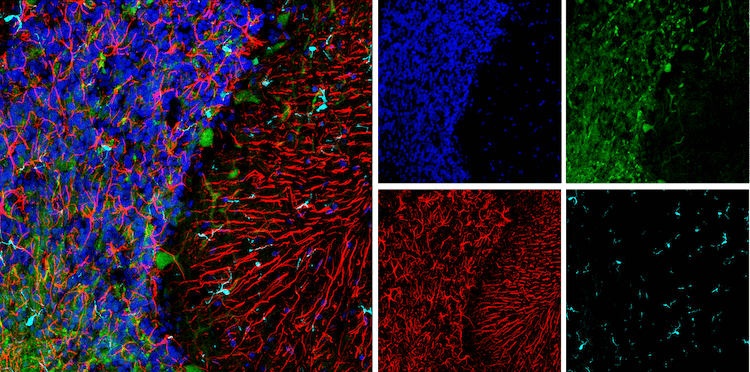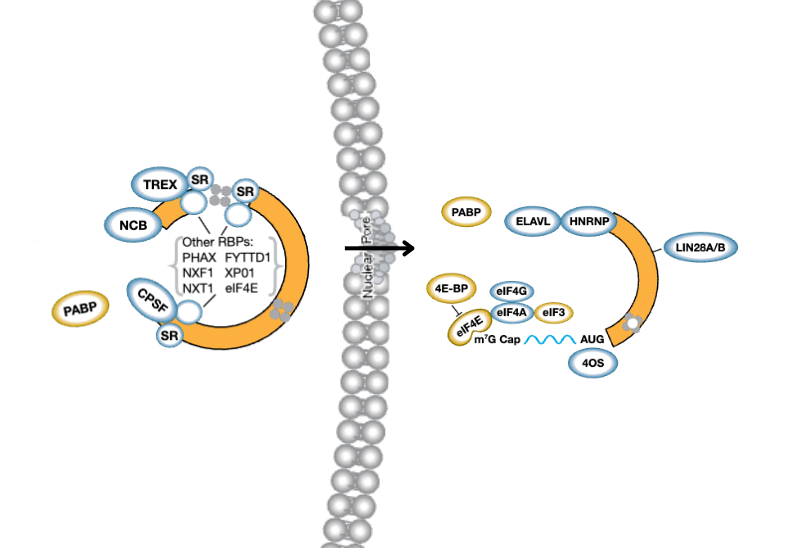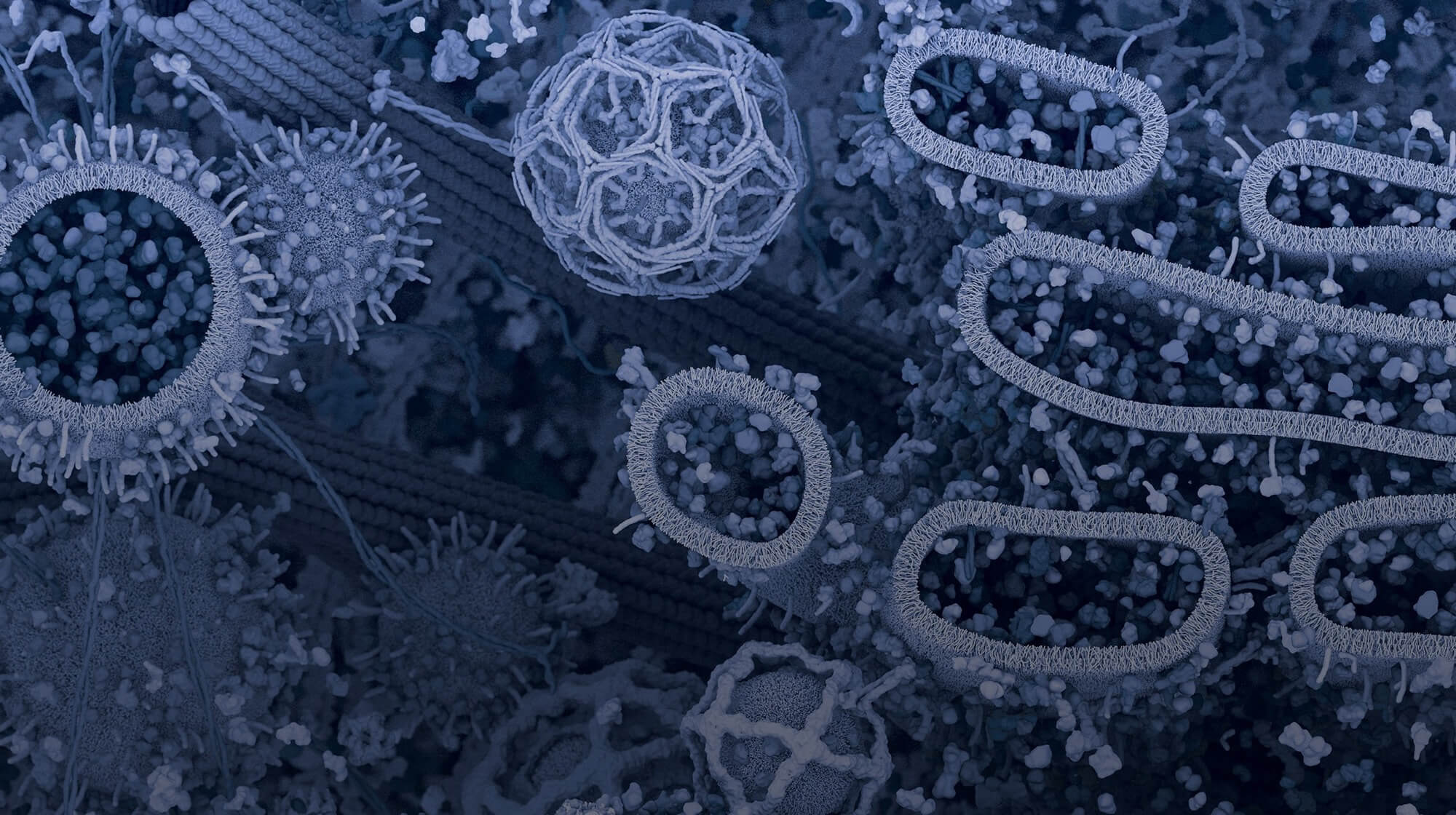The immune system is tasked with distinguishing ‘self’ from ‘non-self’. Tumors can, quite often, be highly immunogenic as a result of their mutational burden, which can make them appear less like ‘self’.
However, the ability of the immune system to mount a robust anti-tumor response is undermined by the aberrant expression of suppressive proteins on the surface of the tumor and in its microenvironment, as well as co-inhibitory molecules on the surface of T lymphocytes.
Tumor growth and propagation is fostered by a number of intertwined pathological phenomena: immune subversion (upregulation of immune checkpoints), chronic inflammation, hypoxia-induced angiogenesis, remodeling of the extracellular matrix (ECM) and epithelial-to-mesenchymal transition (EMT). These processes, and the cells (regulatory T cells (Treg), myeloid-derived suppressor cells (MDSC), and M2 macrophages) and secretory molecules (chemokines and cytokines) that support them constitute the tumor microenvironment.
Despite the suppressive microenvironment of the tumor, immune infiltrates in the form of tumor infiltrating lymphocytes (TILs) and tertiary lymphoid structures have been associated with positive clinical outcome. In these settings the primary immune protagonists that mediate an adaptive anti-tumor response are the CD8+ cytotoxic T lymphocytes (CTLs), with natural killer (NK) cells being their innate counterpart. Humanized neutralizing antibodies targeting the immune checkpoint receptors on TILs, otherwise known as checkpoint inhibitors, have proven tremendously successful in provoking a meaningful therapeutic response.
This poster features the complex interplay of the various cellular components of the tumor microenvironment, with particular emphasis on tumor infiltrating lymphocytes and mechanisms of immune suppression.
The poster also highlights the following intercellular interactions and immunological phenomena:
- Receptor-ligand complexes involved in T and B cell activation
- Co-stimulatory interactions
- Co-inhibitory interactions
- Activation of the STING pathway
- Immune subversion
View the Tumor Immunology: Examining the Microenvironment poster:







